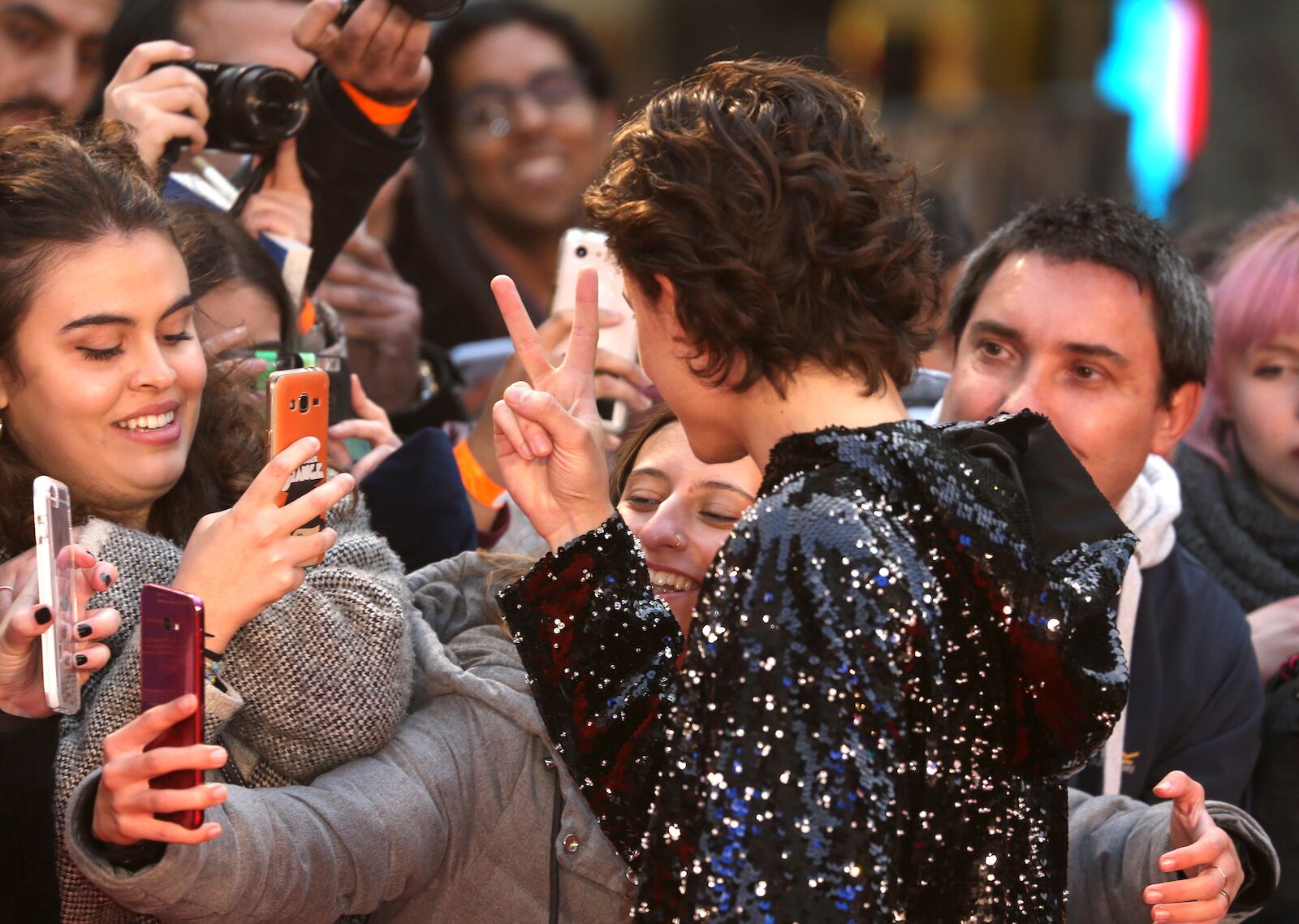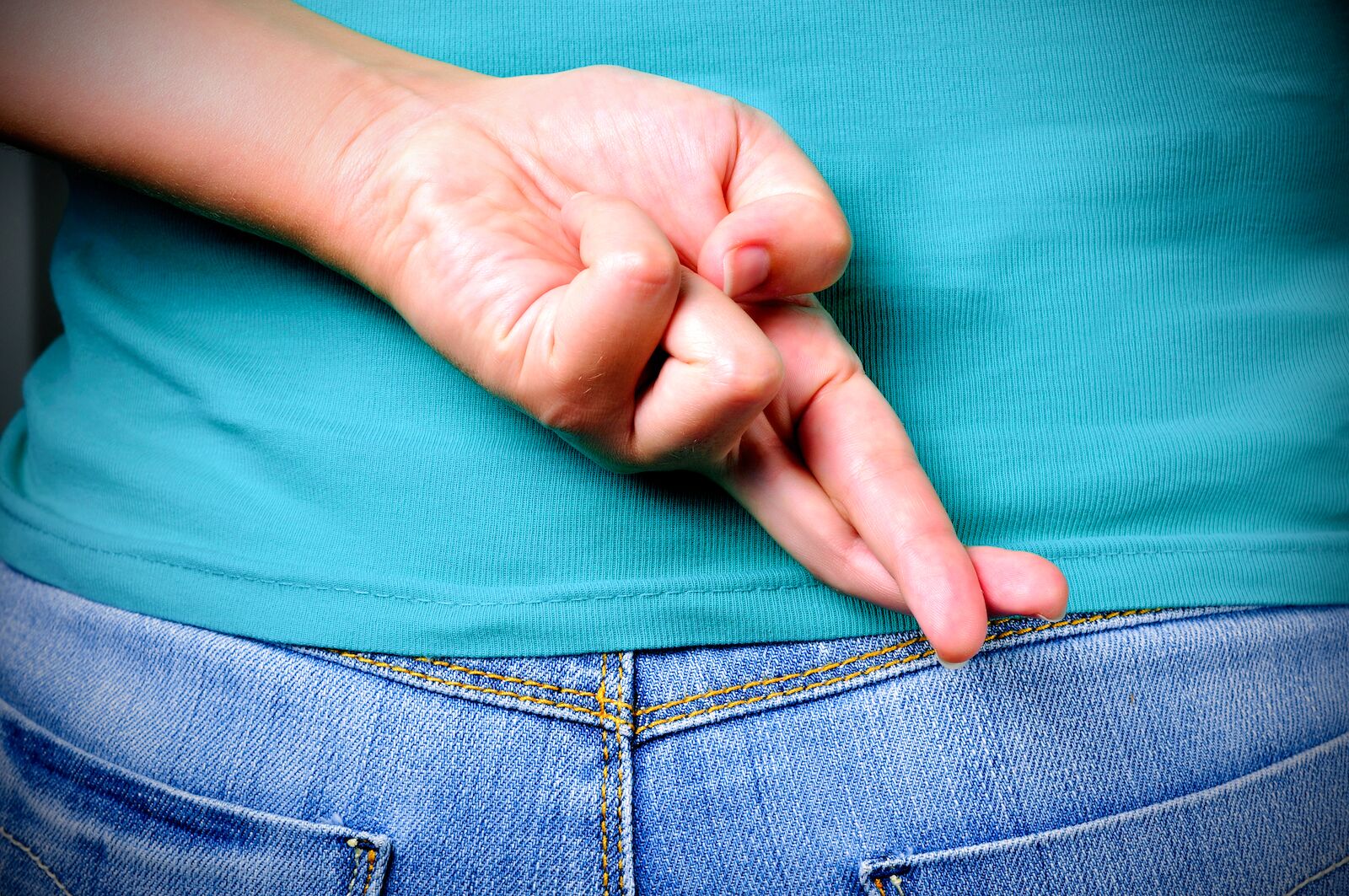Travelers who visit foreign lands and who don’t have a good grasp of the local language often rely on hand signs to make themselves understood. But if you want to befriend the locals or just avoid angering everyone around, you should watch your hands very carefully. What may seem like an innocuous hand gesture in North America can have severe social consequences abroad. While pointing with an index finger seems to be rude everywhere in the world, most hand signs meaning vary widely from country to country — a simple thumbs-up or even crossed fingers can land you in hot water.


12 Common Hand Gestures in the US That Will Insult People in Other Countries
This guide to hand signs and what they mean in foreign countries will help you stay polite when abroad — or teach you how to make your point in a bad-mannered, and sometimes obscene, way if that’s what you’re after.
- What does the middle finger mean?
- Common hand signs and their meanings
- Why is the V sign offensive?
- Dirty hand gestures
- What finger is swearing in Japanese?
What does the middle finger mean?
In many parts of the world, showing your middle finger is an offensive gestures that suggests anger towards the person it is directed. Raising the middle finger to insult someone is often referred to as ‘giving someone the finger’, ‘flipping someone off’, ‘flipping the bird’, or even ‘giving someone the one-finger salute,’ and can be accompanied by the phrases ‘f*ck you’ or ‘up yours,’ among others. The obscene gesture is thought to represent an erect phallus, and some historians believe it dates back to Ancient Greece.
In some countries, including Japan, the middle finger is often used to point at things in an inoffensive way. In Japanese sign language, raising your middle finger is the sign for ‘brother’, as seen in the video above.
Common hand signs and their meanings
OK hand sign in France
Making a circle with your thumb and forefinger means ‘great’ or ‘fine’ in North America. It’s also used by scuba divers to communicate that there are no problems. In France, however, this gesture means ‘zero.’
In Japan, this hand sign suggests talks of money when the fingers are pointed sideways. It essentially mimics the shape of a coin.
What does the upside-down A-OK hand gesture mean and how does it relate to the white power hand sign?
In the US in recent years, the A-OK hand gesture has been used by white supremacy extremists. Turned upside down, the hand sign forms a W and a P, which are said to stand for White Power.
Rock and roll hand sign in Italy

Photo: UnderTheSea/Shutterstock
North Americans raise their index and pinkie fingers like bull horns when they want to rock and roll all night. In Italy, think twice before making this motion, especially when standing right behind a man. There, this “cuckold” hand gesture means that a man’s wife is being unfaithful, and he is a fool because of it. The gesture carries the same meaning in Brazil, Colombia, Portugal, and Spain.
Backwards V sign in the UK, Ireland, New Zealand, and Australia
While making a V with you index and middle finger is a sign of victory, if turned backwards, it is the nonverbal equivalent of ‘up yours’ in the UK, Ireland, New Zealand, and Australia. Backwards peace signs are to be avoided in polite interactions.
Holding your palms out in Greece
We use this hand gesture in North America to say ‘stop,’ or, if you’re childish and petulant ‘talk to the hand.’ In Greece, however, holding your palms out towards a person is a highly insulting gesture known as the Moutza. This hand gesture is said to be a remnant of Byzantine times, when people could taunt shackled criminals by smearing their faces with excrement.
Thumbs-up meaning in Thailand and in Islamic countries
This hand gesture of agreement or approval is an easy reflex when language barriers are at play. Try to avoid it in Thailand, though, where it’s a sign of condemnation. It’s typically a child’s gesture, the Thai equivalent of sticking out your tongue. People will likely be more bemused than hurt if you slip up. Still, it’s a good one to avoid.
In the Islamic countries, a thumbs-up gesture means ‘up yours’, the equivalent to the North American middle finger.
Nodding in Bulgaria
When in Bulgaria, watch what you do with your head! In Bulgaria, nodding your head means ‘no.’ You may inadvertently disagree or agree if you nod or shake instead of verbally expressing your opinion, and that could put you in some very uncomfortable situations.
Come hither hand gesture in the Philippines

Photo: ViDI Studio/Shutterstock
Curling your index finger to say ‘come here’ is a no-no in many Asian countries. This gesture is derogatory; suggesting that you see them as a subservient inferior.
In Japan, the come-hither hand sign is highly offensive, too. The Japanese way to beckon someone looks like an American wave, palm out and fingers waving down.
Patting on the head in Sri Lanka
An open-palmed pat on the head of a child is a gesture of fondness in North America. If you need to get a child’s attention, it’s also the easiest place to tap them. However, according to an article from the New York Times, “In India, Sri Lanka and Thailand, patting a child on the head would be shocking and offensive because the head is believed to be the seat of the soul.”
One-handed giving in Japan
In the West, people aren’t especially mindful of their hands when they offer objects to others. In Japan, though, it is polite and expected for people to make offerings with both hands. If you give someone a business card, or hand them your camera to take a photo, be sure to pass on the item with both hands. This shows that you are fully attentive and sincere in the offering. While not insulting, one-handed presentation might be taken as dismissive.
Why is the V sign offensive?

Photo: Cubankite/Shutterstock
The V sign is rude only in certain circumstances.
The V sign is the equivalent of the middle finger in the UK, Ireland, New Zealand, and Australia only if it is performed in a certain way: with the palm facing you and with a little upward jerk.
Another rude iteration of the V sign is to have the palm of yoru hand facing you, the two fingers spread so there’s one on each corner of the mouth, and your tongue stuck out. It is a gesture that signifies oral sex.
Dirty hand gestures
The meaning of crossed fingers in Vietnam

Photo: ruigsantos/Shutterstock
Many western cultures make this gesture when wishing for good luck. A hand with the index and middle fingers crossed is even the logo for the UK’s National Lottery. In Vietnam, however, this is an obscene gesture, especially when done while looking at or addressing another person. The crossed fingers are said to resemble female genitals.
A-OK hand gesture in Brazil
In Brazil, the A-OK sign does not only stand for the equivalent of the middle finger, it also suggests the insult ‘A-hole’ and can be a strong sexual insult.
In Russia, this hand gesture can be interpreted as propositioning someone for sex.
‘Got your nose!’ in Turkey and Slavic countries
A fist with the thumb tucked under the index finger doesn’t have a set North American meaning, except when playing ‘got your nose’ with a child. It also means the letter ‘T’ in American Sign Language. In Turkey and Slavic countries, however, this gesture is aggressively rude; the hand sign equivalent of ‘screw you’ or ‘get f*cked.’ Known as ‘the fig’, this hand gesture has vulgar sexual connotations because it looks a little like a clitoris or like sexual intercourse. The meaning of this hand gesture is said to date back to Ancient Rome and still today, in Italian, the term fica, which translates to fig, is a slang word for female genitalia.
In Nicaragua, this gesture is also considered very rude. It is equivalent to giving someone the finger.
In Indonesia, the ‘got your nose’ hand sign can be interpreted as asking someone for sex.
What finger is used for swearing in Japanese?
The use of hand gestures in Japan is widely different than that of the West’s. The use of the middle finger, especially, to point at things or to communicate the world ‘brother’ in Japanese sign language, could get a lot of Americans very confused.
Other use of hand gestures in Japan include:
- Making a promise by locking your pinky fingers with another person’s — essentially, a pinky promise or pinky swear. In Japanese, this practise is called Yubikiri genman, meaning ‘finger cutting’, and suggests that if you don’t hold your promise you’ll be short of a pinky.
- Raising your pinky finger to refer to someone’s female love interest, wife, or anything in between.
- Making a fist with your hand and placing it at the tip of your nose to describe someone pretentious or arrogant. The gesture is meant to mimic the Tengu, a long-nosed creature from the Japanese folklore.